This popular eyebrow-shaping technique is more precise than waxing — and often less painful!
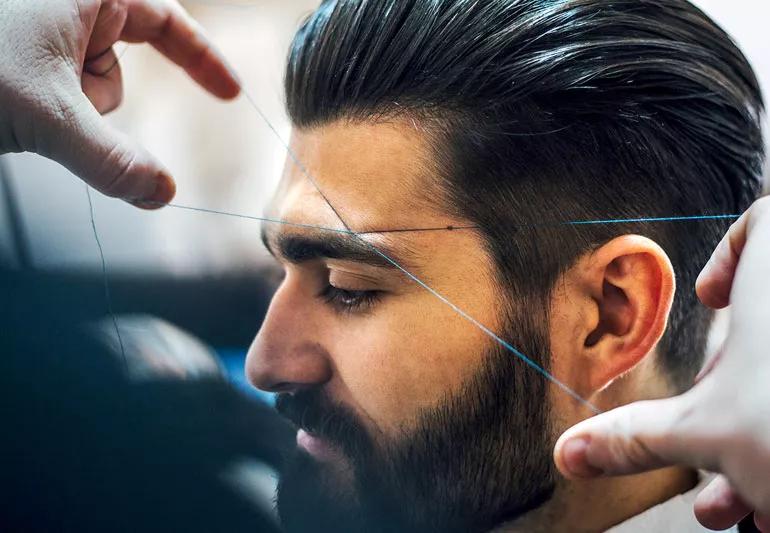
Have you ever seen a Bollywood movie? There’s so much about them to love: the music, the dancing, the cinematography … and the eyebrows! The eyebrows are always on point.
Cleveland Clinic is a non-profit academic medical center. Advertising on our site helps support our mission. We do not endorse non-Cleveland Clinic products or services. Policy
Good news: That look is achievable for you, too! If you’re a fan of a sculpted, sharp-looking brows, threading is where it’s at. And bonus: Many people find it less painful than other forms of hair removal!
We talked to dermatologist Chey Ranasinghe, MD — whose eyebrows are also on point, thanks to threading — to learn more about the benefits and drawbacks of this popular eyebrow-shaping technique.
We don’t know how eyebrow threading originated — the best guess is present-day India or Iran. Wherever it started, the technique spread throughout Asia and the Middle East, where it’s been a dominant facial hair removal technique for thousands of years.
There are many different threading techniques, but basically, the practice involves holding a piece of thread so that it coils around itself, allowing you to either grab hairs one by one or, in some cases, pull out a line of hair. In other words, it’s a kind of epilation. Threading is only used on facial hair: eyebrows, upper lip, chin or jawline.
It’s increasingly common to see threading services offered in salons throughout the Western world, but, as Dr. Ranasinghe puts it, “Threading is an art and needs to be performed by an experienced threading specialist.”
Threading is a more precise hair removal technique than waxing or sugaring and slightly less precise than tweezing. Many people also find threading to be less painful. That’s because the hair is removed so fast that your pain receptors can’t keep up.
Dr. Ranasinghe advocates for threading over other forms of brow maintenance. And she’s not alone. Many dermatologists consider this the safest and best available option. Here are a few reasons why:
Threading uses cotton thread to remove the hairs … and that’s it — that’s the only variable. That can make the procedure less irritating to the skin than waxing for most people. “Waxing uses heated wax to remove the hair, which can lead to a skin burn if it’s too hot or irritation if a person is allergic to a component used in the wax,” Dr. Ranasinghe notes.
If you’re looking for a soft, natural-looking brow, threading isn’t going to be your jam. But if you want sharp, clean lines, it’s hard to do better. A skilled threader can remove hairs individually or in lines and may even use scissors to ensure the shape is just right.
Like waxing and plucking, threading pulls the hair fibers out from the root. That means you can go longer in between appointments than you can go between shaving sessions.
There’s no such thing as a perfect hair-removal procedure that works for everybody. Here are some of the drawbacks of undergoing the procedure:
Tweezing your eyebrows at home can be time-consuming — and in some cases, painful — but it’s also affordable. As with waxing and other procedures performed by a specialist, threading costs money. The price can vary considerably based on where you live and how often you go.
Removing hair at the root is never completely painless and there’s always a risk of complications.
With threading, you may feel a tugging, burning sensation during the procedure, especially when the specialist is working on particularly sensitive areas of your face. You can also expect some redness, irritation and, potentially, even moderate swelling in the hours after the procedure.
As with waxing and plucking, your skin could break out and — while the risk of infection is low — it does exist.
Threading isn’t an easy thing to do. You need a good eye and extensive training to develop the skill.
A good practitioner can work miracles. A bad practitioner can cut or pull on the sensitive skin around your eye, remove hair from the wrong spot or — and this is really not fun — accidentally pluck out an eyelash.
“I personally have had both positive and negative experiences with technicians,” Dr. Ranasinghe says, “until I found the threading specialist whom I have been going to for years now. It’s actually a lot like dating!”
As with any specialist who’s going to be touching your face, Dr. Ranasinghe urges you to see a technician who has a certified cosmetology license. “Certified cosmetologists are required to follow specific sanitary rules, like washing hands before the procedure and using clean thread, to avoid the spread of cutaneous infections,” she says.
Just like waxing and plucking, when removing unwanted facial hair with threading, you’re playing a dangerous game. As those of us who came of age in the 2000s can attest: Eyebrow style changes all the time, from bushy to barren and back again.
Your poor eyebrows might not be able to keep up.
“Hairs become less dense with repeated threading sessions,” Dr. Ranasinghe explains. “You’ll notice the hairs become thinner in diameter and they take longer to grow back as well.”
Unless you really want to rock a skinny brow for the rest of your life, be conservative about the amount of hair you ask the specialist to remove.
Searching for information on threading is quite the experience. Most people extol its virtues, but every once in a while, you’ll read that it’s terrible for you. It can even give you herpes!
Not so fast.
In the past, some practitioners used a threading technique that required they hold the thread in their mouth. The human mouth is a pretty gross place, so, technically, yes — that specific approach to threading was riskier than other forms of facial hair removal.
But times have changed.
“Most threading professionals have shifted away from using their mouth to hold the thread due to the COVID-19 pandemic,” Dr. Ranasinghe says. “Finding someone who doesn’t use their mouth is another consideration when looking for a specialist, as that is a source of bacteria.”
As with any professional working on your body, you should feel free to ask questions of the threading specialist you see. They should be comfortable explaining their approach to you — and you should be comfortable walking away if what they’re telling you isn’t satisfactory.
For people who tolerate threading well, it’s easily the best facial hair removal technique available. It’s also Dr. Ranasinghe’s preference — for both her patients and herself. But not all people tolerate threading well. Some people find it more painful than waxing or plucking or experience more post-procedure side effects.
“Threading certainly isn’t for everyone!” Dr. Ranasinghe states. “For patients with sensitive skin types, I recommend trying both threading and waxing to see which one works best for them.”
Just like every other form of facial hair removal, beforecare and aftercare is really important for minimizing pain and preventing (or managing) side effects.
Doing a little bit of prep work can make a big difference in your threading experience.
“It’s important to avoid retinoid and retinol-based products five to seven days before threading. These products are both vitamin A derivatives — retinoids are more potent than retinols — that makes the skin very sensitive,” Dr. Ranasinghe says. The most common side effects are skin bleeding or peeling.
She also advises gently cleansing skin with cold water before and after your threading appointment. It can help decrease post-threading irritation.
Most threading specialists will clean your brows with an alcohol swab before starting and offer to put aloe on them when they’ve finished. Take them up on those offers (unless, of course, you’re allergic).
Once your appointment is over, it’s important to remember that you’ve got a bunch of open hair follicles on your face. That means you need to take all of the same precautions you do after a waxing appointment to avoid breakouts and infection.
According to Dr. Ranasinghe, how often you get threaded is a question of your personal preference and your hair growth rate.
“Most people get threaded every three to four weeks. That’s usually a sufficient amount of time for the hair to regrow enough to obtain effective removal with threading.” You can always pluck stray hairs as needed at home between appointments, if your hair grows quickly.
Threading is a safe and effective eyebrow-shaping technique in the hands of a well-trained specialist. If you can find one in your area, you’ll probably find the experience less painful — and the results more impressive — than what you’d get from waxing or plucking, especially if you have sensitive skin.
But threading, like every other kind of facial hair removal procedure, isn’t for everybody. And it’s not without risks and side effects. The only way to find out if it’s right for you is to try it.
Learn more about our editorial process.
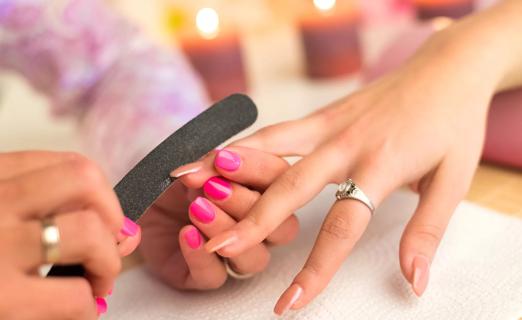
Before your next manicure, weigh the reward against the risk of infection, irritated skin and damaged nails

Go ahead and get goopy to help boost hydration and repair damaged skin

A well-balanced diet with anti-inflammatory foods can help reduce flare-ups and severity of psoriasis symptoms

Stress, infections, skin injuries and environmental factors can trigger an onset of psoriasis symptoms
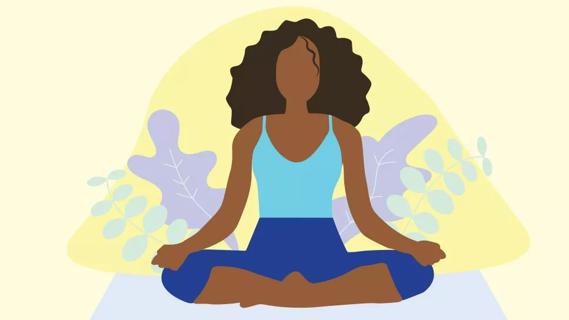
Stick to your treatment plan, but keep your provider updated on any new symptoms or triggers
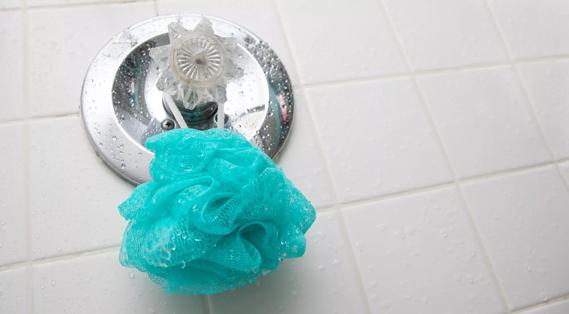
This puffy shower accessory can become lodged with skin cells (and other gross things), so make sure you dry it daily and clean it once a week
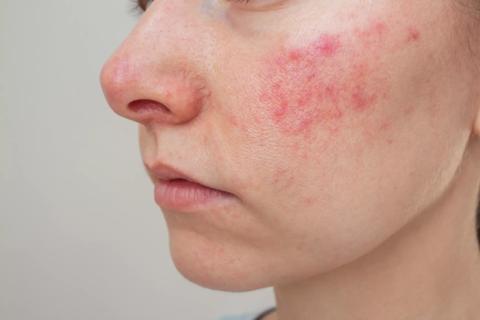
You can turn down the redness and soothe the irritation with natural remedies like green tea, raw honey and aloe vera

With repeat injections over time, you may be able to slow the development of new wrinkles

Your metabolism may torch 1,300 to 2,000 calories daily with no activity

A gentle touch in all the right places may help drain your sinuses